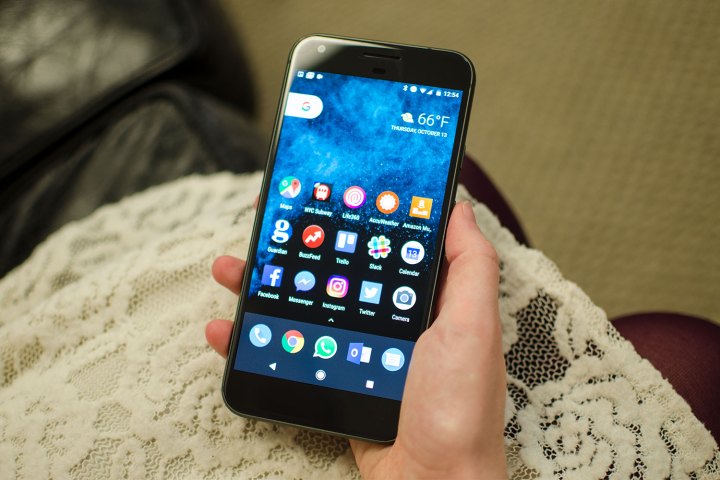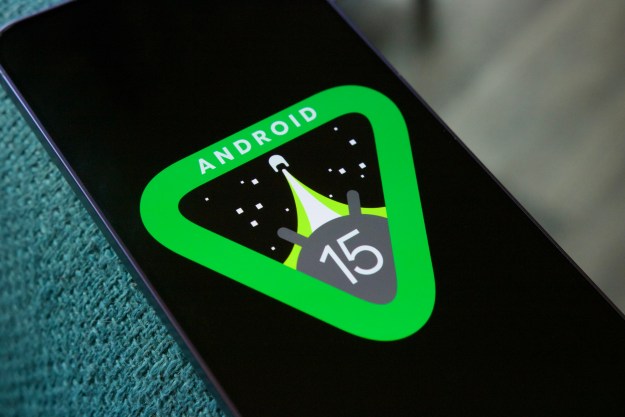
The interesting part? T-Mobile won’t actually be selling the phone. Instead, employees at those locations will help customers get a Pixel or Pixel XL through the online Google Store or through Best Buy. Go on, read that one again.
You might be wondering what T-Mobile get’s out of the whole deal — and the answer is really not much. The carrier is clearly hoping that it can gain subscribers by pushing a new promotion for the devices, which gives customers $325 in bill credit for signing up to T-Mobile One with a Pixel or Pixel XL.
Just because the Verizon exclusivity for the Google Pixel hasn’t been lifted, that doesn’t mean that the phone doesn’t work with other carriers. In fact, on the T-Mobile network, the Pixel supports advanced features like VoLTE, Wi-Fi calling, and HD Voice.
As the Android Police report notes, the deal between Google and T-Mobile could frustrate Verizon, which has been aggressively marketing the device as a Verizon exclusive. It also could suggest that Google is beginning to regret giving Verizon the exclusive. It’s unclear if the exclusive will lift — and, if so, when.
This new promotion does not answer those questions. It could either signal that T-Mobile is preparing to eventually sell the phone — or that T-Mobile knows it will never sell the Pixel, so it’s doing what it can to use the phone to its advantage.
Editors' Recommendations
- A new Google Pixel Tablet is coming, but it’s not what you think
- The first Google Pixel 9 Pro hands-on photos are here
- Something strange might happen to the Google Pixel Fold 2
- Google Pixel 8a: news, rumored price, release date, and more
- Here’s every color that will be available for the Google Pixel 8a
